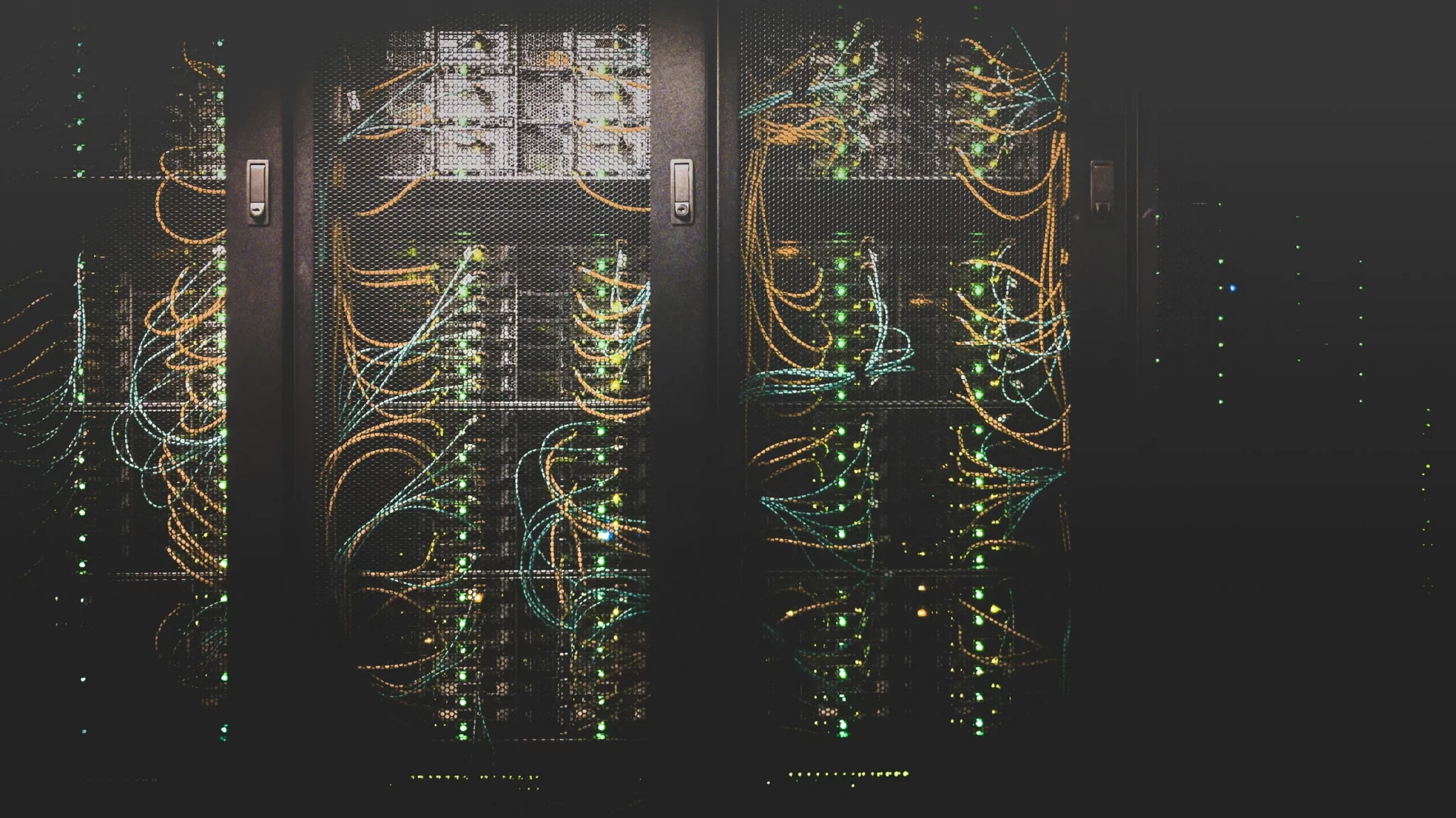
In today’s interconnected world, the internet serves as a backbone for communication, commerce, and information exchange. Behind the scenes, there are intricate systems and agreements that make this global network function seamlessly. One crucial aspect of internet infrastructure is “Internet Peering.” In this blog post, we will delve into the concept of internet peering, exploring its significance, mechanics, and its role in ensuring efficient and cost-effective data transfer.
Table of Contents
ToggleInternet Peering
Internet peering is a process through which different internet service providers (ISPs) and networks connect and exchange traffic directly with each other. Instead of relying solely on third-party networks and paying for transit services, peering enables ISPs to establish direct links, improving the efficiency and speed of data exchange between their respective networks.
Types of Internet Peering
- Private Peering:
- In private peering, two networks establish a direct physical connection, typically through a dedicated link or a data center. This type of peering is often more reliable and offers lower latency, as the connection is dedicated exclusively to the two parties involved.
- Public Peering:
- Public peering, on the other hand, involves ISPs connecting through an Internet Exchange Point (IXP). IXPs serve as neutral meeting points where multiple networks can interconnect. This shared infrastructure facilitates the exchange of traffic among multiple ISPs, reducing the need for each ISP to establish individual connections with every other network. Exascale’s network is connected to two Internet exchange points LINX Manchester and London.
- Remote Peering:
- Remote peering allows ISPs to connect to an IXP without physically being present at the exchange point. This is achieved through a service provider offering remote peering services, enabling ISPs to peer with networks located in different geographical locations.
Benefits of Internet Peering
- Reduced Latency:
- By exchanging data directly, peering reduces the number of intermediary networks, leading to lower latency and faster data transfer between connected networks.
- Cost Savings:
- Internet peering can lead to significant cost savings for ISPs. By avoiding transit fees associated with third-party networks, ISPs can reduce their operational costs.
- Increased Redundancy:
- Establishing multiple peering connections enhances network redundancy. In the event of a network failure or congestion, traffic can be rerouted through alternate peering connections, ensuring uninterrupted service.
- Improved Network Performance:
- Direct connections between ISPs often result in improved network performance and reliability, providing a better experience for end-users.
Challenges and Considerations
- Bilateral Agreements:
- Internet peering involves bilateral agreements between ISPs, and negotiations can be complex. Determining the terms of the agreement, such as traffic ratios and cost-sharing, requires careful consideration.
- Scaling Challenges:
- As network traffic increases, ISPs must continuously upgrade their infrastructure to accommodate growing demands. Scalability is a critical consideration in maintaining the effectiveness of peering connections.
Conclusion
Internet peering plays a pivotal role in the seamless functioning of the global internet infrastructure. By enabling direct connections between networks, peering enhances speed, reduces costs, and improves overall network performance. As the internet continues to evolve, understanding and optimizing the dynamics of internet peering will remain crucial for ensuring a robust and efficient digital ecosystem.





